If you're out of dried ancho chiles, these 7 expert-tested substitutes will keep your dish flavorful. Each option includes exact substitution ratios, heat levels, and usage tips for perfect results in any recipe.
Table of Contents
- What Are Dried Ancho Chiles?
- Why You Might Need a Substitute
- Top 7 Dried Ancho Chile Substitutes
- Buying Guide for Ancho Chile Alternatives
- Cooking Tips When Using Substitutes
- Frequently Asked Questions
- Final Thoughts: Spice It Up Without Stress
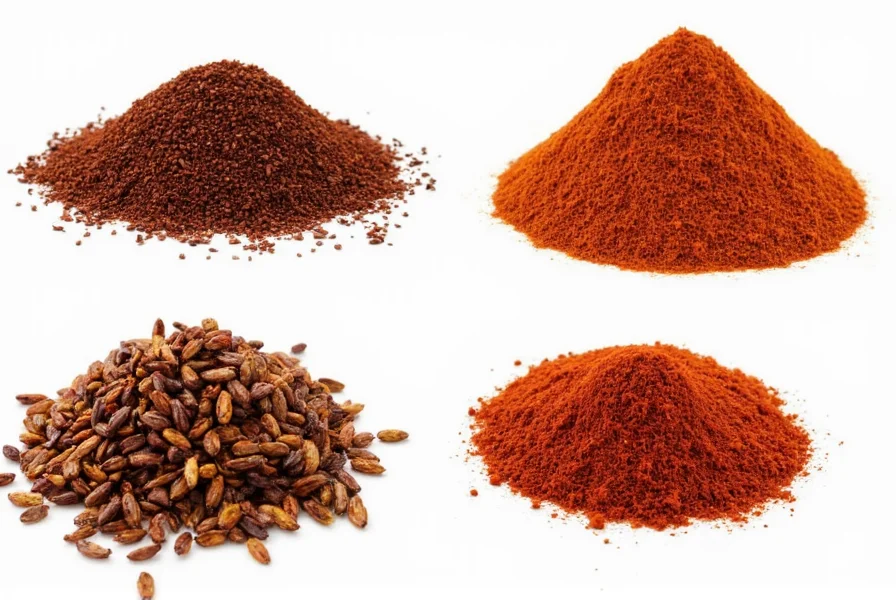
What Are Dried Ancho Chiles?
Dried ancho chiles are the dried version of poblano peppers. They're mildly spicy (about 1,000–2,000 Scoville Heat Units), rich in flavor, and have a slightly sweet, smoky undertone. Commonly used in Mexican cooking — especially in sauces like mole or adobo — they bring depth without overpowering heat.
Their versatility makes them a staple in many kitchens. But what do you do when you don't have them on hand?
Why You Might Need a Substitute
Maybe you're in the middle of preparing enchiladas, or you're trying out a new mole recipe, and suddenly — no ancho chiles. Here are some common reasons why you might need a replacement:
- They're out of stock at your local store
- You're in a rush and want to avoid a trip to the market
- You're catering to different spice preferences
- Your pantry doesn't carry them yet
Luckily, there are several alternatives that offer similar flavor profiles and heat levels — and we've got the list right here.
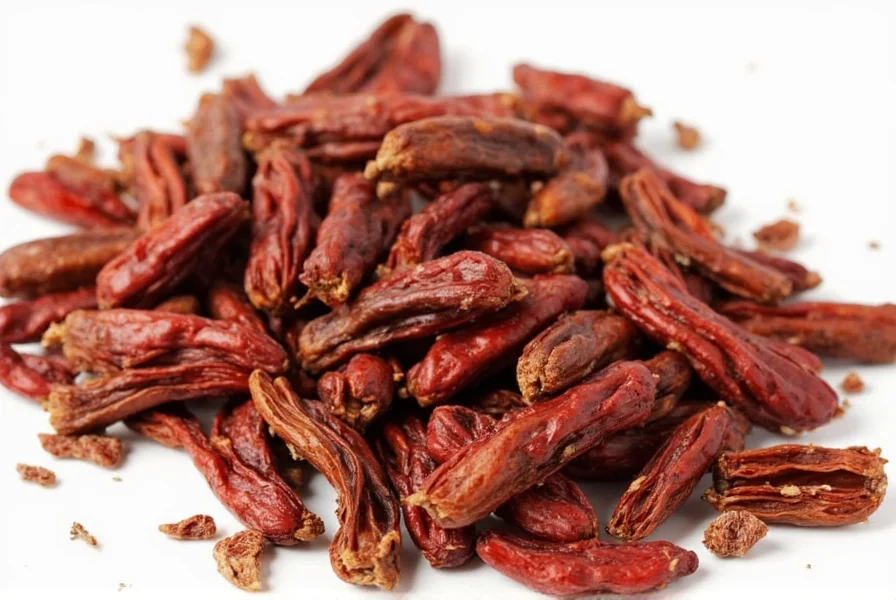
Top 7 Dried Ancho Chile Substitutes
Here's our curated list of the best options to replace dried ancho chiles — each with its own unique character, flavor profile, and ideal use case.
1. Dried Poblano Chiles (Guajillos)
| Feature | Description |
|---|---|
| Heat Level | Mild to moderate |
| Flavor Profile | Tangy, fruity, with light berry notes |
| Ideal For | Salsas, marinades, soups |
| Substitution Ratio | 1:1 (adjust for heat) |
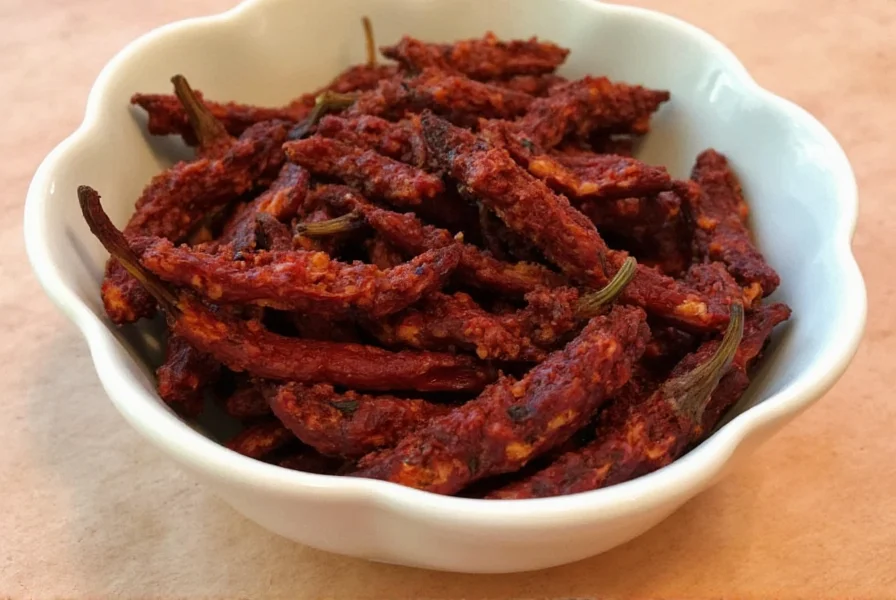
2. Pasilla Chiles
| Feature | Description |
|---|---|
| Heat Level | Mild |
| Flavor Profile | Earthy, chocolatey, prune-like |
| Ideal For | Moist sauces, braises, stews |
| Substitution Ratio | 1:1 (slightly less for intense flavor) |
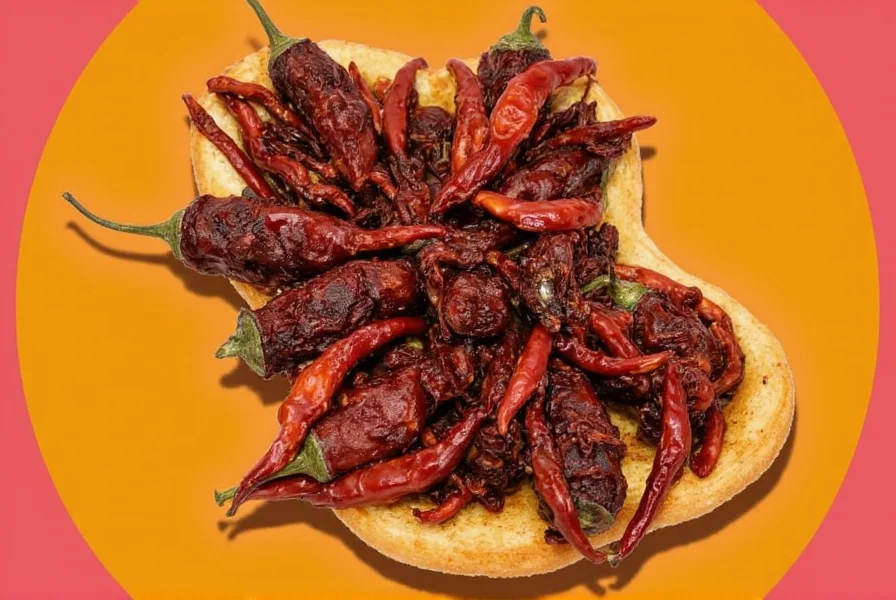
3. Mulato Chiles
| Feature | Description |
|---|---|
| Heat Level | Mild with a slow build |
| Flavor Profile | Chocolate, licorice, tobacco notes |
| Ideal For | Mole sauces, hearty stews |
| Substitution Ratio | 1:1 (enhance with cocoa for depth) |
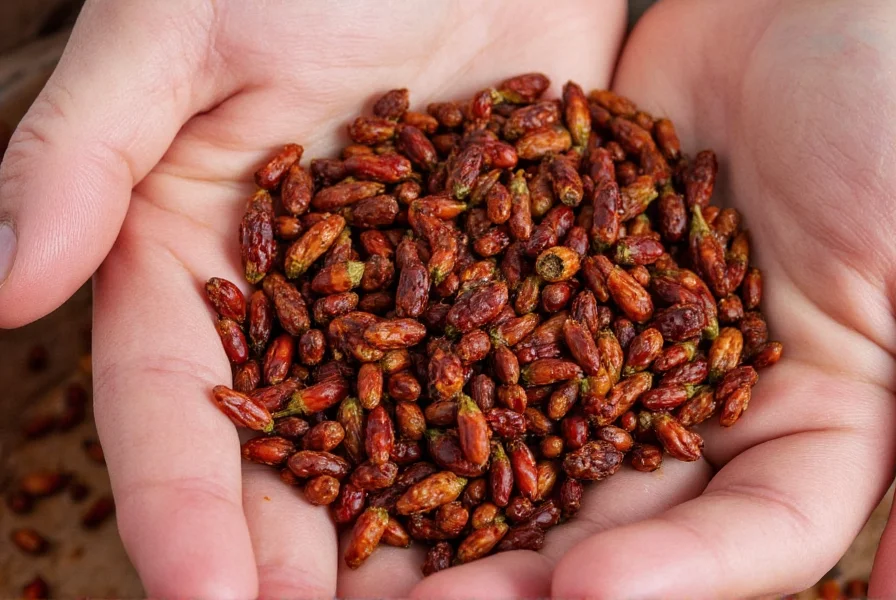
4. New Mexico Chiles
| Feature | Description |
|---|---|
| Heat Level | Very mild |
| Flavor Profile | Clean, crisp, slightly peppery |
| Ideal For | Southwestern dishes, enchilada sauces |
| Substitution Ratio | 1:1 (add pinch of cumin for smokiness) |
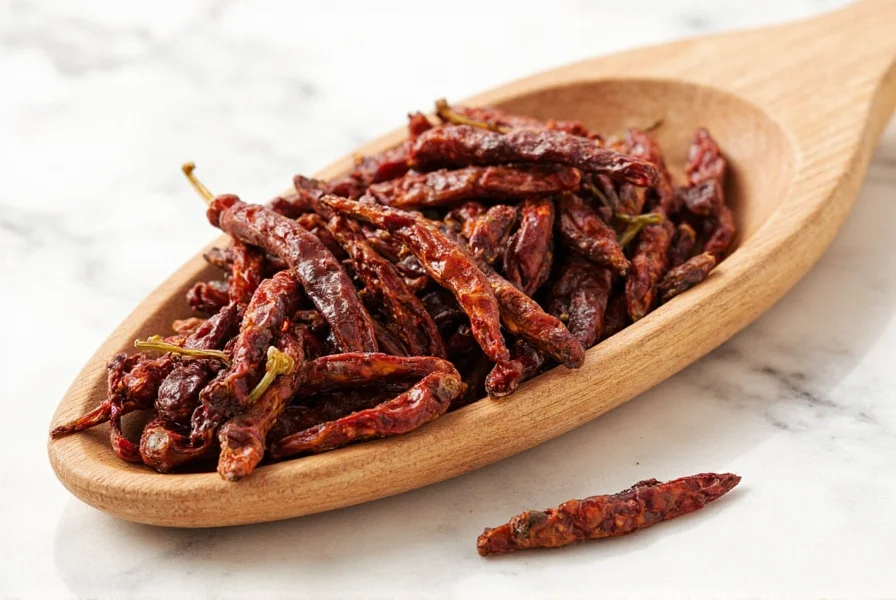
5. Chipotle Powder (Use Sparingly)
| Feature | Description |
|---|---|
| Heat Level | Moderate to high |
| Flavor Profile | Smoky, woody, bold |
| Ideal For | Rubs, barbecue sauces, chili blends |
| Substitution Ratio | 1/4 teaspoon per 1 dried ancho |
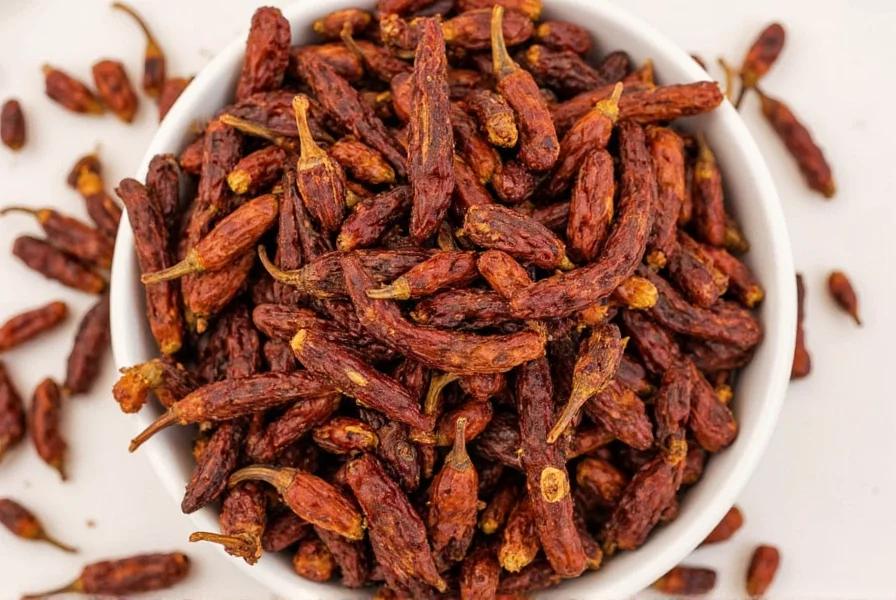
6. Crushed Red Pepper Flakes
| Feature | Description |
|---|---|
| Heat Level | Moderate to high |
| Flavor Profile | Sharp, pungent, spicy |
| Ideal For | Fast meals, pasta, hot oils |
| Substitution Ratio | 1/2 teaspoon per 1 dried ancho |
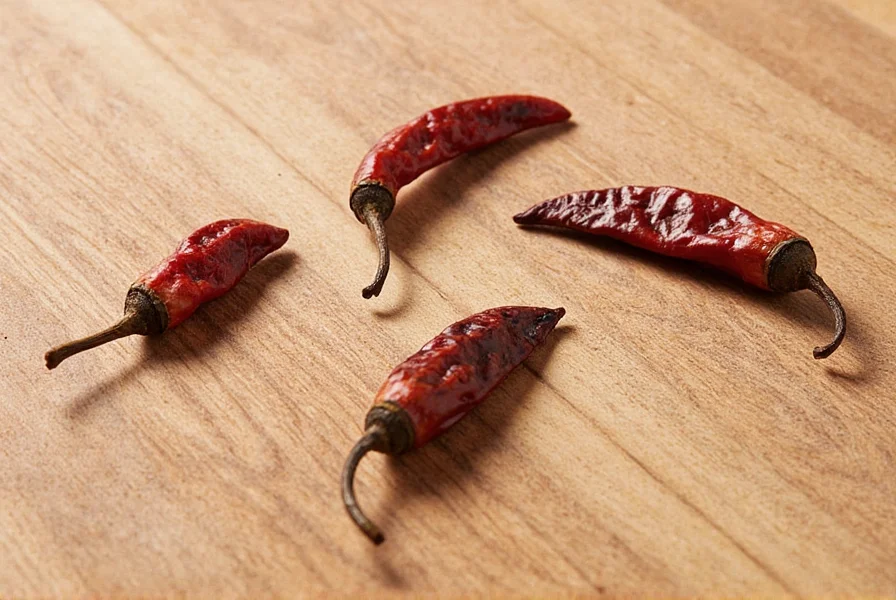
7. Smoked Paprika
| Feature | Description |
|---|---|
| Heat Level | Mild (unless mixed with hotter spices) |
| Flavor Profile | Smoky, sweet, aromatic |
| Ideal For | Dry rubs, stews, roasted vegetables |
| Substitution Ratio | 1:1 with pinch of cayenne for heat |
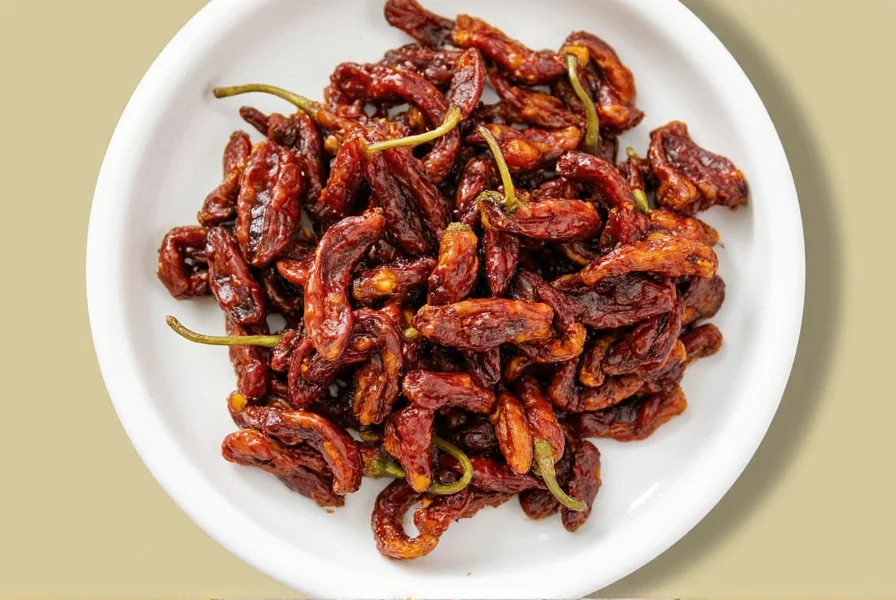
Buying Guide for Ancho Chile Alternatives
When choosing a substitute, consider where you'll be using it — whether in a sauce, soup, stew, or dry rub. Here's a quick breakdown of what to look for based on the substitute:
For Authentic Flavor Replication
- Best Option: Guajillo or Pasilla Chiles
- Where to Buy: Specialty spice shops, Latin markets, online retailers like Penzeys or The Meadow
- Look For: Whole, pliable chiles without cracks; avoid overly brittle ones
For Everyday Cooking
- Best Option: New Mexico Chiles or Crushed Red Pepper Flakes
- Where to Buy: Grocery stores, online spice sellers, Amazon
- Look For: Consistent color (avoid faded ones), fresh aroma
For Intense Flavor Boosts
- Best Option: Chipotle Powder or Smoked Paprika
- Where to Buy: Grocery stores, specialty spice vendors, bulk food suppliers
- Look For: Rich, concentrated aroma; avoid clumpy or stale-smelling powders
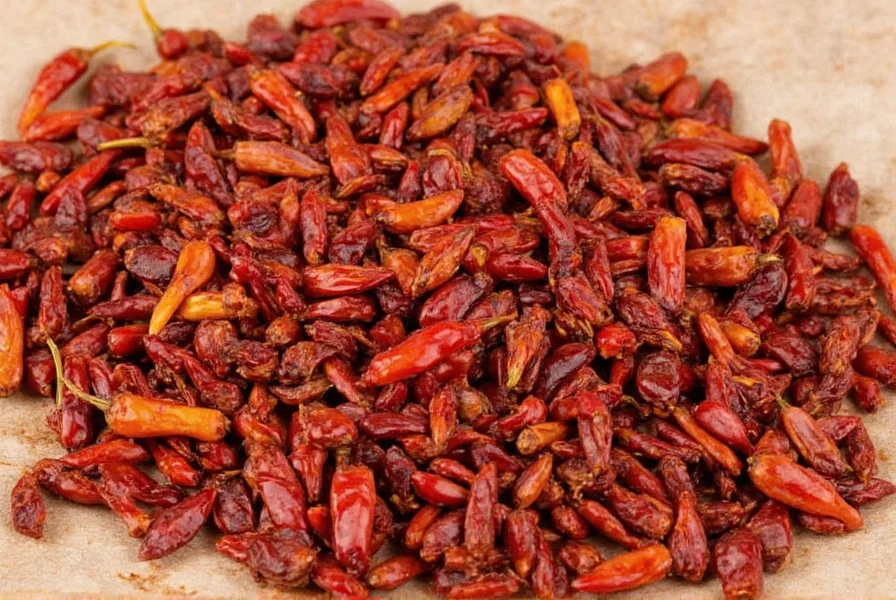
Cooking Tips When Using Substitutes
- Toast First: Whether whole or powdered, lightly toasting chiles enhances their natural oils and unlocks deeper flavors. Use a dry skillet over medium heat for 1–2 minutes per side.
- Rehydrate Smartly: If using whole dried chiles, soak them in warm water or broth for 20–30 minutes before blending. This softens them and prevents bitterness.
- Balance with Sweetness: Many substitutes lack the subtle sweetness of ancho chiles. Add a pinch of brown sugar, honey, or maple syrup to balance the flavor in sauces or marinades.
- Adjust for Heat: Start with the substitution ratios listed above, then taste and adjust gradually.
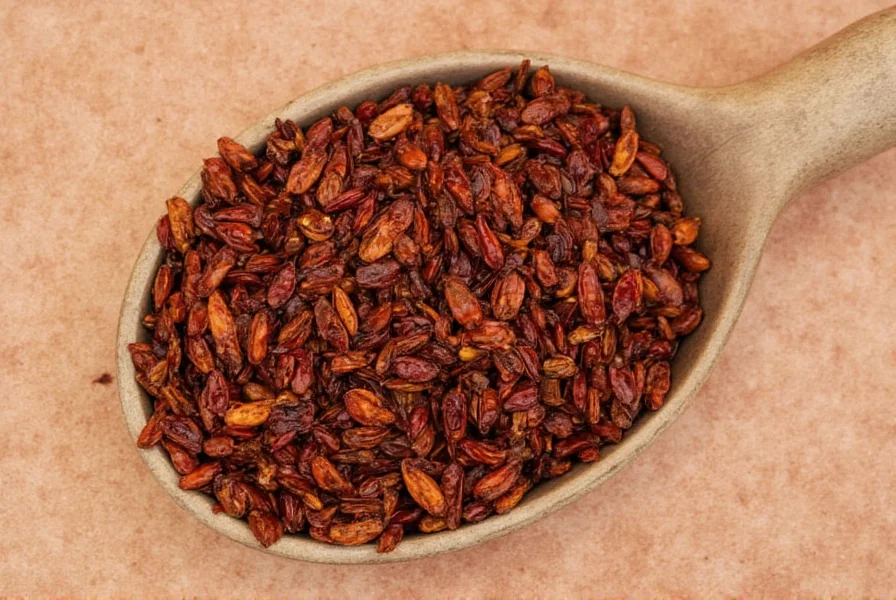
Frequently Asked Questions
What's the closest substitute to dried ancho chiles?
Guajillo chiles are the closest substitute in terms of flavor profile, though they're slightly more tangy and less sweet than anchos. Pasilla chiles are also excellent alternatives, offering similar mild heat with earthy, chocolatey notes that work well in sauces and stews.
Can I use fresh poblano peppers instead of dried ancho chiles?
Yes, but with some important considerations. Fresh poblanos have a completely different flavor profile than dried anchos - they're greener, less sweet, and lack the smoky depth. To better approximate dried ancho flavor, roast the fresh poblanos first, then dry them in a low oven (200°F) for 2-3 hours until leathery before using in your recipe.
How do I adjust recipes when substituting for ancho chiles?
Always start with the substitution ratios listed in the main guide (e.g., 1/4 teaspoon chipotle powder per dried ancho). Taste as you go and adjust incrementally. For milder substitutes like New Mexico chiles, you may need to add complementary ingredients like cumin or cocoa powder to enhance depth.
Are there non-spicy alternatives to dried ancho chiles?
For a completely mild option, use a combination of sweet paprika (for color) and a small amount of smoked paprika (for depth). Add complexity with 1/4 teaspoon of ground cumin and a pinch of cinnamon per tablespoon of paprika. This blend provides the earthy notes without any significant heat while maintaining the characteristic warmth of Mexican cuisine.
How long do dried chile substitutes keep in the pantry?
Whole dried chiles maintain their best flavor for 6-12 months when stored in an airtight container in a cool, dark place. Ground substitutes like chipotle powder or smoked paprika last 3-6 months before losing potency. To extend shelf life, store in the refrigerator or freezer. Always check for musty smells or loss of vibrant color, which indicate they've passed their prime.
Can I make my own ancho chile powder from substitutes?
Absolutely. For the best homemade ancho powder substitute, combine equal parts New Mexico chile powder and smoked paprika, plus a pinch of ground cumin and cinnamon. For enhanced depth, add 1/4 teaspoon of unsweetened cocoa powder per tablespoon of blend. Toast the whole chiles first before grinding for maximum flavor, and store your custom blend in an airtight container away from light and heat.
Final Thoughts: Spice It Up Without Stress
You don't need to run to the store every time a recipe calls for dried ancho chiles. With the right knowledge and a few pantry staples, you can easily swap in a substitute without sacrificing flavor or texture. Whether you opt for guajillos for authenticity or smoked paprika for smokiness, the world of dried chiles offers plenty of room for creativity and experimentation.
So next time you're out of ancho chiles, just take a peek at your spice rack — the answer might already be there waiting for you!
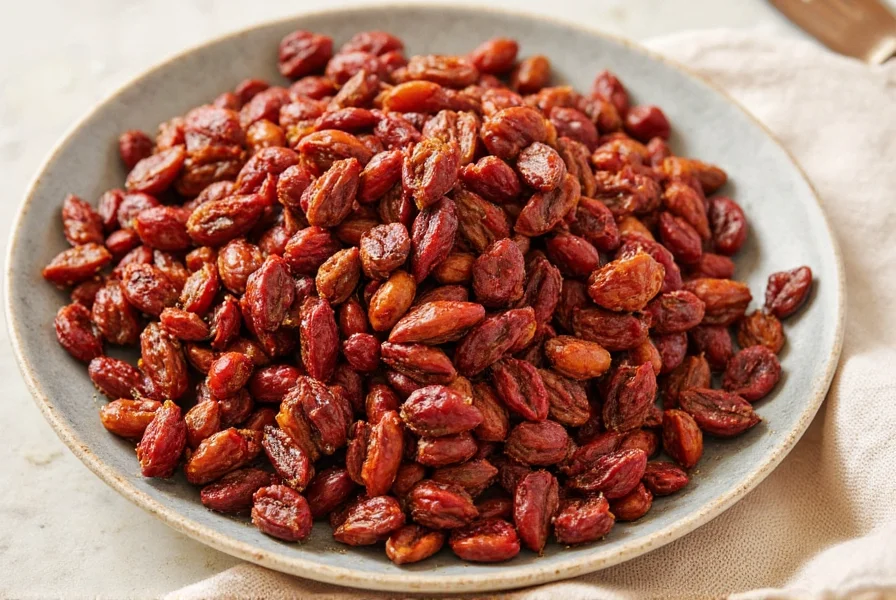











 浙公网安备
33010002000092号
浙公网安备
33010002000092号 浙B2-20120091-4
浙B2-20120091-4